Isabel Marant's journey from a Parisian upbringing to a leading fashion brand exemplifies a significant influence on modern style. Founded in 1994, the brand quickly gained traction with its unique blend of bohemian and rock chic aesthetics. Marant is particularly known for pioneering the wedge-heeled sneaker, setting trends that have redefined contemporary French street style. Despite facing controversies over cultural appropriation, the brand has thrived, experiencing a remarkable 30% increase in sales each year. Understanding Isabel Marant's impact offers valuable insights into the evolving nature of fashion, revealing the depth of her brand's journey and its contributions to the industry.
Early Life and Influences

Isabel Marant's early life in Paris profoundly shaped her creative journey and distinct style. Born in 1967 to a German model and a French photographer, her upbringing in a culturally rich environment provided a fertile ground for her imaginative impulses. Raised primarily by her father after her parents' divorce, she embraced a tomboyish aesthetic, often donning his clothing. This unconventional approach cultivated her unique sense of style, which became a hallmark of her later designs. The eclectic influences of her surroundings can be seen in her work, which often combines elements of urban fashion with vintage identification techniques that reflect her appreciation for fashion history.
At 15, receiving her first sewing machine marked a pivotal moment. You could say it ignited her passion for fashion, allowing her to transform discarded materials into wearable art for friends. This hands-on experience not only honed her skills but also instilled a sense of creative freedom that would define her career.
Frustrated with the limitations imposed by established fashion houses, Marant ventured into entrepreneurship in 1989, culminating in the launch of her eponymous brand in 1994. This bold move reflected her desire to express herself authentically, paving the way for her to become a renowned designer in the competitive world of fashion.
Education and Early Career
Her passion for fashion quickly took shape as she pursued formal education at the prestigious Studio Berçot fashion school in Paris, where she graduated in 1985. This rigorous training equipped you with the skills necessary to navigate the competitive fashion industry. At just 15, receiving a sewing machine sparked her creativity, prompting her to craft garments from discarded materials.
After her studies, Isabel Marant interned with designer Michel Klein, gaining invaluable experience and insights into the workings of high fashion. Collaborating with various notable designers further refined her vision and skill set, preparing her for her own path. In 1989, she launched a collection of accessories, including belts and rings, which marked the initial step in her fashion career.
| Year | Milestone | Impact |
|---|---|---|
| 1985 | Graduated from Studio Berçot | Formal education in fashion design |
| 1989 | Launched first accessories collection | Established her presence in the fashion world |
| 1990s | Worked with notable designers | Gained industry experience and connections |
| 1994 | Shifted to independent work | Set the stage for her own brand and vision |
This journey not only highlights her growth as a fashion designer but also her determination to carve her own niche in the industry.
Establishment of the Brand
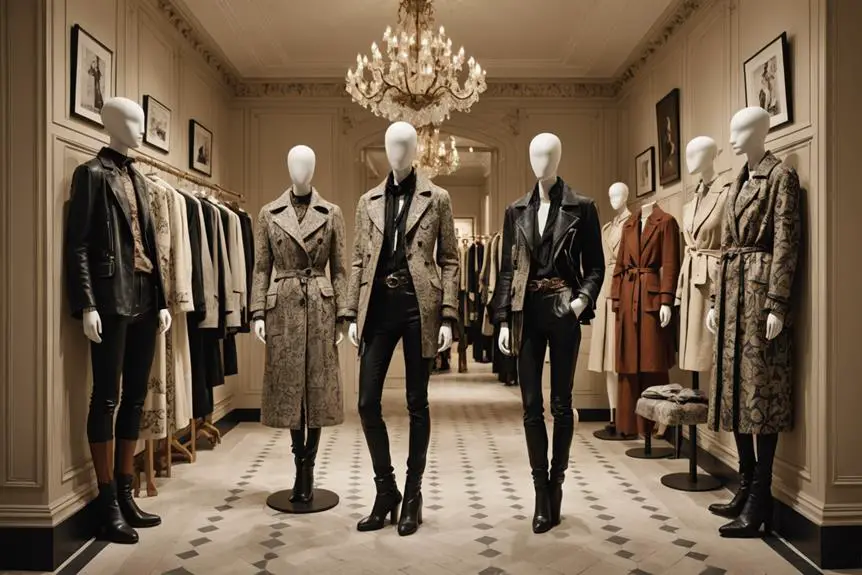
The establishment of the Isabel Marant brand in 1994 marked a pivotal moment in the fashion industry, showcasing a unique blend of bohemian elegance and Parisian chic. As a fashion designer, Marant's vision resonated with the urban spirit of the time, capturing the essence of effortless style that women sought. Her first collection debuted in a runway show in 1995, setting the stage for what would become a beloved label.
In February 1998, she opened her first boutique in the Marais district of Paris, a strategic move that allowed her to engage directly with her clientele. This retail expansion laid the groundwork for her brand's identity, emphasizing not just clothing but a lifestyle. The launch of her diffusion line, Étoile by Isabel Marant, in 1999 made her aesthetic even more accessible, offering casual pieces that appealed to a broader audience.
Recognition followed swiftly; she won the prestigious Award de la Mode in 1997 and the Whirlpool Award for best female designer in 1998. These accolades solidified her status as a key player in the fashion world, paving the way for future growth and international expansion.
Growth and Global Recognition
How did Isabel Marant transform from a budding designer into a global fashion icon? The answer lies in her strategic approach and innovative designs that resonated with consumers. Since its establishment, the brand has seen a remarkable 30% annual sales increase, underscoring its rising popularity in the fashion market. The introduction of the wedge-heeled sneaker in the early 2010s was pivotal, not only defining French street style but also catapulting Marant to international recognition.
The 2013 collaboration with H&M further amplified her visibility, with the collection selling out in just 45 minutes, which solidified her cult-like following. This success positioned Isabel Marant as a prominent player in the global fashion scene, and by 2022, she had nearly 40 directly-owned boutiques worldwide, showcasing her effective global expansion strategy.
Additionally, the launch of the Isabel Marant Étoile line in 1999 strengthened her foothold in the casual wear segment, appealing to a diverse audience and broadening her brand's reach. Through these strategic decisions, Isabel Marant not only grew her brand but became an influential figure in contemporary fashion.
Design Philosophy and Style
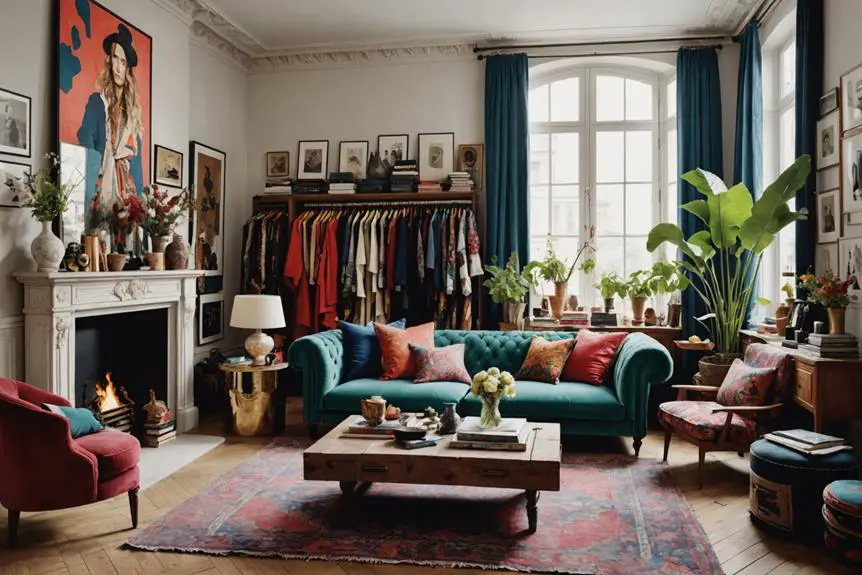
Isabel Marant's ascent in the fashion world isn't just about her brand's growth; it's also deeply rooted in her distinct design philosophy and style. You'll notice that comfort and practicality are at the forefront of Marant's creations, as she aims to provide wearable pieces that reflect her daily life and personal aesthetic. Her collections expertly blend bohemian and rock chic elements, with embellishments like prints, fringes, embroidery, and lace that give each item a unique flair.
Marant's innovation shines through her pioneering of the hidden heel high-top sneaker, a design that not only gained immense popularity but also helped define modern French street style. This consistent aesthetic allows for seamless seasonal mixing, showcasing timeless pieces that resonate with those seeking versatility in their wardrobes. Additionally, Marant champions a natural, effortless style, celebrating individuality while promoting sustainable practices. Her commitment to handmade production and textile preservation initiatives guarantees that her designs are not only stylish but also ethically created. Fundamentally, Isabel Marant's design philosophy and style reflect a harmonious blend of comfort, individuality, and sustainability, truly setting her apart in the fashion landscape.
Notable Collaborations and Projects
Numerous collaborations and projects have notably shaped Isabel Marant's brand identity and influence in the fashion industry. Your understanding of Marant's impact isn't complete without acknowledging her groundbreaking collaboration with H&M in 2013, which sold out in just 45 minutes, showcasing her immense popularity. This event not only crashed her website but also solidified her status as a leading designer.
In 2020, Marant expanded her accessories line through a 10-year eyewear license with Safilo, revealing her strategic vision for brand growth. Meanwhile, her collaboration with Anthropologie effectively bridged high fashion with accessible retail, enhancing her visibility among a broader audience.
Marant's commitment to sustainability is evident in her 2021 launch of a vintage site and endowment fund, fostering responsible fashion practices. The introduction of a resale platform in 2022 underscores her dedication to circular fashion, aligning with shifting industry trends. These projects not only reflect Marant's adaptability but also her foresight in addressing contemporary consumer demands for sustainability. Through these collaborations, Isabel Marant continues to redefine her brand while influencing the fashion landscape considerably.
Controversies and Ethical Issues
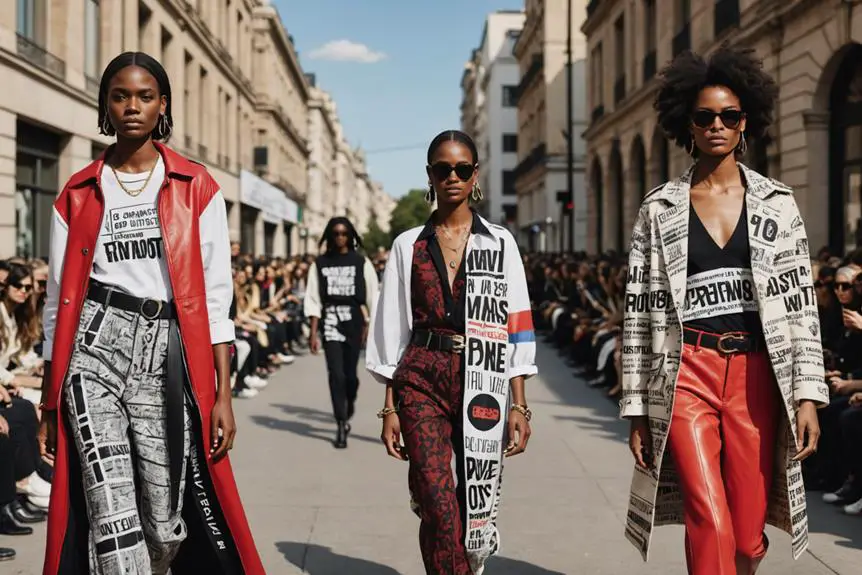
Controversies have often shadowed Isabel Marant's rise in the fashion world, raising critical questions about ethical practices and cultural sensitivity. In 2008, she won a lawsuit against Naf Naf for design copying, highlighting the issues of intellectual property in fashion. However, the more significant controversies emerged in 2015 when accusations of plagiarism from the Mixe community surfaced, igniting a Twitter storm under the hashtag #miBlusadeTlahui. Critics pointed out the striking similarities between Marant's blouse designs and traditional garments from the Mixe culture.
The Mixe community demanded an apology in 2016, asserting their right to recognition and respect for their cultural heritage. This incident sparked broader discussions about cultural appropriation in fashion, challenging the industry to navigate the fine line between inspiration and exploitation. Persistent allegations of unacknowledged borrowing from various cultures further complicate Marant's brand image.
These controversies emphasize the ongoing debates surrounding ethical practices within fashion, particularly the responsibility designers have towards communities whose cultures they draw from. As you explore Marant's legacy, consider how these issues shape not only her brand but also the fashion industry's approach to cultural sensitivity and ethical standards.
Personal Life and Inspirations
Growing up in Paris during the late 20th century, Marant's formative years were shaped by a blend of personal experiences and cultural influences that would later inform her distinctive style. Raised primarily by her father after her parents' divorce, she developed an independent spirit that permeates her fashion designs. Early in her life, Marant's tomboyish behavior and her family's influence fueled her childhood inspirations, as she often borrowed clothing from her father's closet.
At age 15, a turning point emerged when she received a sewing machine, igniting her passion for fashion. This newfound interest led her to craft garments from discarded clothing and fabric, revealing her commitment to sustainability and creativity. Marant emphasizes personal style in her work, often considering herself the first customer, ensuring her designs embody comfort and practicality.
Today, residing in Belleville, Paris, she draws inspiration from her weekends spent at a cabin, where nature and tranquility inform her collections. Isabel Marant's journey reflects a unique blend of personal history and innovative design, allowing her to create pieces that resonate with an audience seeking both style and substance.
Frequently Asked Questions
What Is the History of Isabel Marant?
When exploring Isabel Marant's history, you'll notice her journey from creating clothes with discarded materials to launching a globally recognized brand that revolutionized street style, merging casual and bohemian aesthetics, capturing fashion enthusiasts' hearts.
What Inspired Isabel Marant?
Isabel Marant's inspiration comes from her travels, family background, and personal experiences. Her tomboy upbringing, combined with a love for comfort and practicality, shapes her designs, creating effortlessly chic pieces that resonate with modern women's lifestyles.
Who Is Isabel Marant Owned By?
Isabel Marant's brand is owned by the designer herself. She's deeply involved in every aspect of the business, ensuring her vision and aesthetic resonate through each collection, maintaining authenticity and quality in luxury fashion.
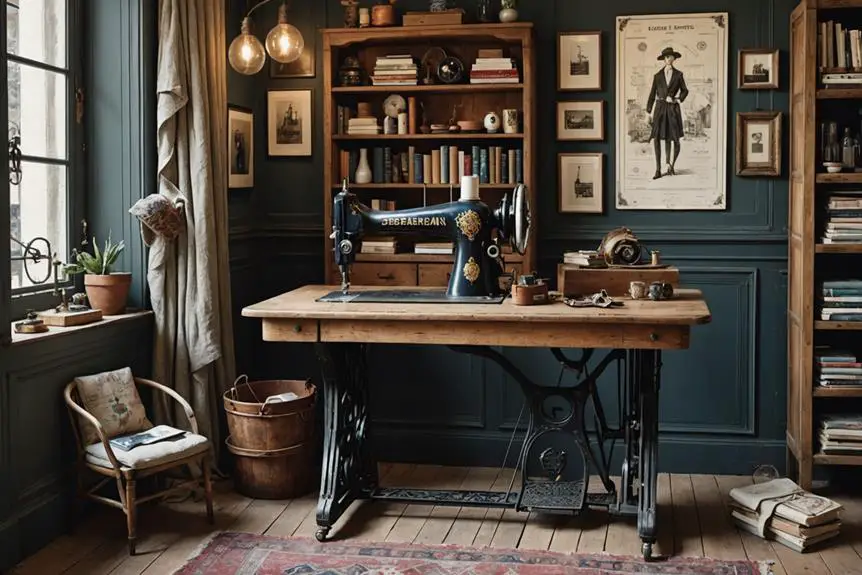



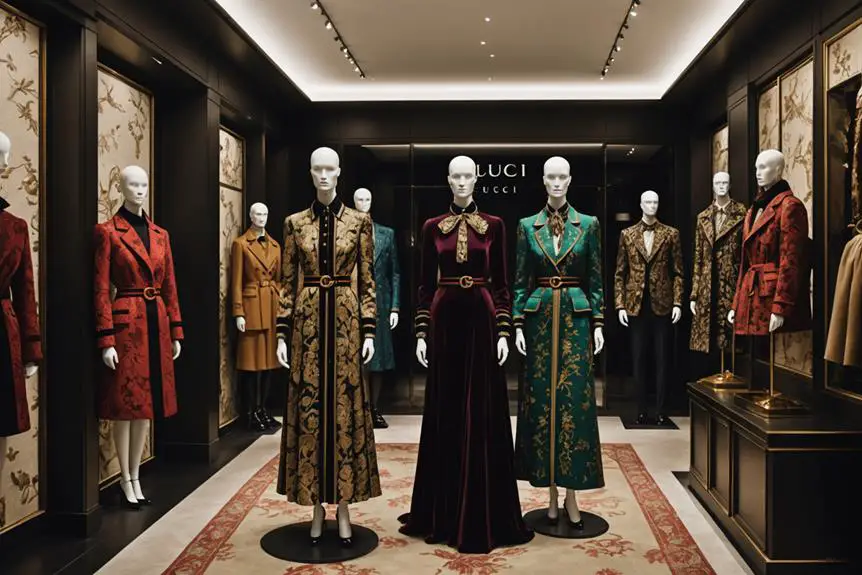
Hi, I do think your site could possibly be having web browser compatibility problems.
When I look at your web site in Safari, it looks fine however,
if opening in IE, it’s got some overlapping issues. I merely wanted to give you a quick heads up!
Apart from that, fantastic blog!
casino en ligne
Hi there to every one, because I am truly keen of reading this web site’s post to be updated on a regular basis.
It consists of nice material.
casino en ligne
Hey there! This is kind of off topic but I need some advice from an established blog.
Is it very difficult to set up your own blog? I’m not very techincal but I
can figure things out pretty quick. I’m thinking about setting up my
own but I’m not sure where to begin. Do you have any points or suggestions?
Appreciate it
casino en ligne
Thanks for sharing such a nice idea, post is pleasant, thats
why i have read it entirely
casino en ligne
Simply want to say your article is as astounding. The clarity in your post is just spectacular and i could assume you are an expert on this
subject. Fine with your permission allow me to grab your RSS feed to keep updated
with forthcoming post. Thanks a million and please carry on the gratifying work.
casino en ligne
I was curious if you ever thought of changing the layout of your blog?
Its very well written; I love what youve got to say. But maybe you could a little more
in the way of content so people could connect with it better.
Youve got an awful lot of text for only having 1 or 2 pictures.
Maybe you could space it out better?
casino en ligne
Really no matter if someone doesn’t know then its up to other
visitors that they will help, so here it happens.
casino en ligne
I don’t even know how I ended up here, but I thought this post was good.
I don’t know who you are but definitely you are going to a famous blogger if you are not already 😉 Cheers!
casino en ligne
Generally I don’t learn post on blogs, however I would like to say that this write-up very pressured me to
take a look at and do so! Your writing taste has been amazed me.
Thank you, very great article.
casino en ligne
Hi there Dear, are you genuinely visiting this website daily, if so after that you will definitely
take good know-how.
casino en ligne